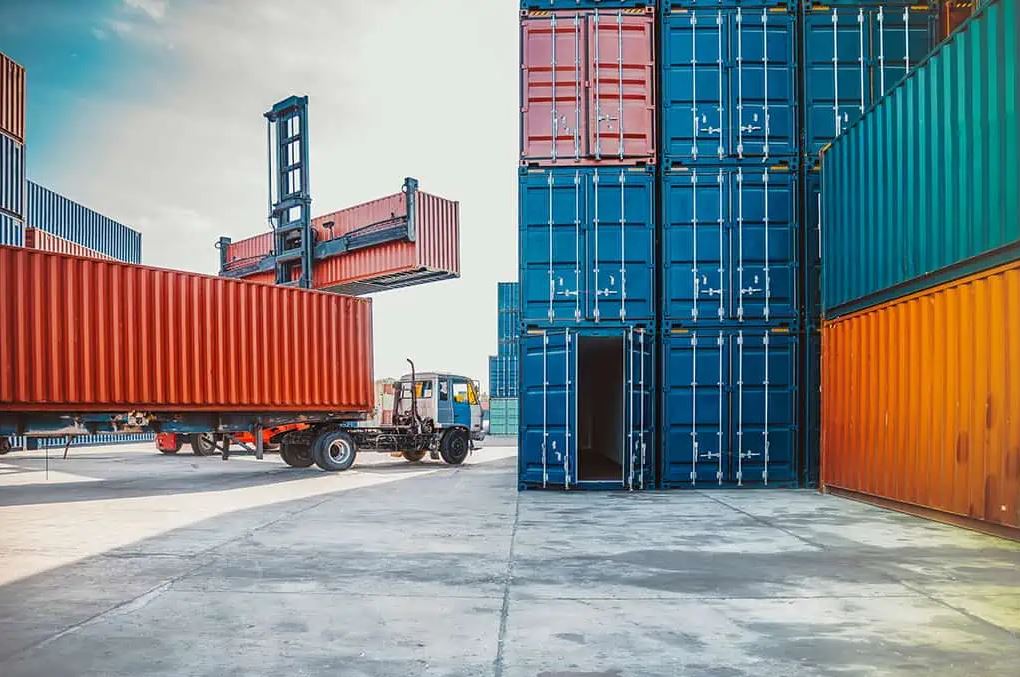It’s important to recognize the security risks involved when using shipping containers for storage. Leaving containers unsecured can attract thieves, and placing them in poor locations can also expose them to environmental risks, such as rain or high winds, which may damage your belongings. Choosing the right shipping container for sale provides security and durability, safeguarding your items from theft and environmental damage.
This article aims to highlight the best practices for securing your container and minimizing the risks of theft, tampering, or environmental damage.
Implementing Physical Security Measures
Physical security is your first line of defense for your shipping containers. Here are some measures you can use:
- Heavy-Duty Locks: The first and most obvious method of securing a shipping container is using heavy-duty locks such as padlocks or combination locks. High-security padlocks resist cutting, drilling, and picking, making them a good choice. An alternative is the inner bolt lock, installed inside the container, making it less accessible and harder to tamper with from the outside.
- Lock Boxes: To further enhance security, consider installing lock boxes on the doors of your container. A lock box surrounds the padlock or bolt lock, making it difficult for thieves to access and tamper with the locking mechanism.
- Crossbar Locks: These heavy-duty bars stretch across the container doors and are secured with padlocks, offering extra protection against forced entry. They’re especially useful when containers are left unattended for long periods.
Optimizing Container Placement
Where you place your shipping container is just as important as how you secure it. Containers should be positioned in areas with good visibility and low criminal activity, ideally within view of cameras or patrols. Place the container in a fenced or gated area to further discourage unauthorized access.
Take into account environmental factors like wind, rain, or flooding, which can damage your container and its contents if not properly protected. A well-placed shipping container should be on stable ground, slightly elevated to avoid flooding, and positioned to minimize exposure to other elements.
Leveraging Electronic Security Systems
In addition to physical measures, electronic security systems provide a layer of protection for shipping containers for storage. These systems allow for real-time monitoring and alerts, informing you of suspicious activities.
- Security Cameras: Installing surveillance cameras around the container allows you to monitor activities in real time. Visible cameras can also deter potential criminals. Modern security systems allow you to access footage remotely, so you can watch your container from anywhere.
- Alarms: Alarms can be installed on shipping containers to notify you of unauthorized entry attempts. Many modern alarm systems are connected to mobile devices, so you receive instant alerts if the container is tampered with.
- GPS Trackers: Installing a GPS tracker is a wise investment for containers in transit or mobile use. GPS trackers allow you to monitor the container’s location in real time, giving you peace of mind in case of theft or misplacement.
Maintaining Seal Integrity
Maintaining your shipping container’s seal integrity is important for security and preserving its contents.
- Tamper-Evident Seals: These seals are designed to break or show signs of tampering if someone attempts to open the container. If a seal is broken, it immediately indicates that the container has been compromised, allowing you to take appropriate action.
- Regular Seal Checks: Conducting routine checks of the container seals is vital for security. If you notice a broken or damaged seal, investigate further to ensure the container’s contents remain intact and safe.
Utilizing Tracking and Monitoring Solutions
Real-time tracking and monitoring are very useful, especially for shipping containers in transit or remote locations. GPS and RFID (Radio Frequency Identification) technologies help you keep tabs on the container’s location and status at all times.
These systems provide real-time location tracking, helping ensure that your container remains safe during transport or while stationed in a less secure area. Monitoring systems can alert you if the container is moved unexpectedly or without authorization.
Conclusion
Securing shipping containers for storage is important for protecting valuable items. Combining physical locks, electronic monitoring, and regular inspections helps prevent theft and damage. Finding a quality shipping container for sale ensures durability, reduces security risks, and provides peace of mind that your container and its contents are safe.



